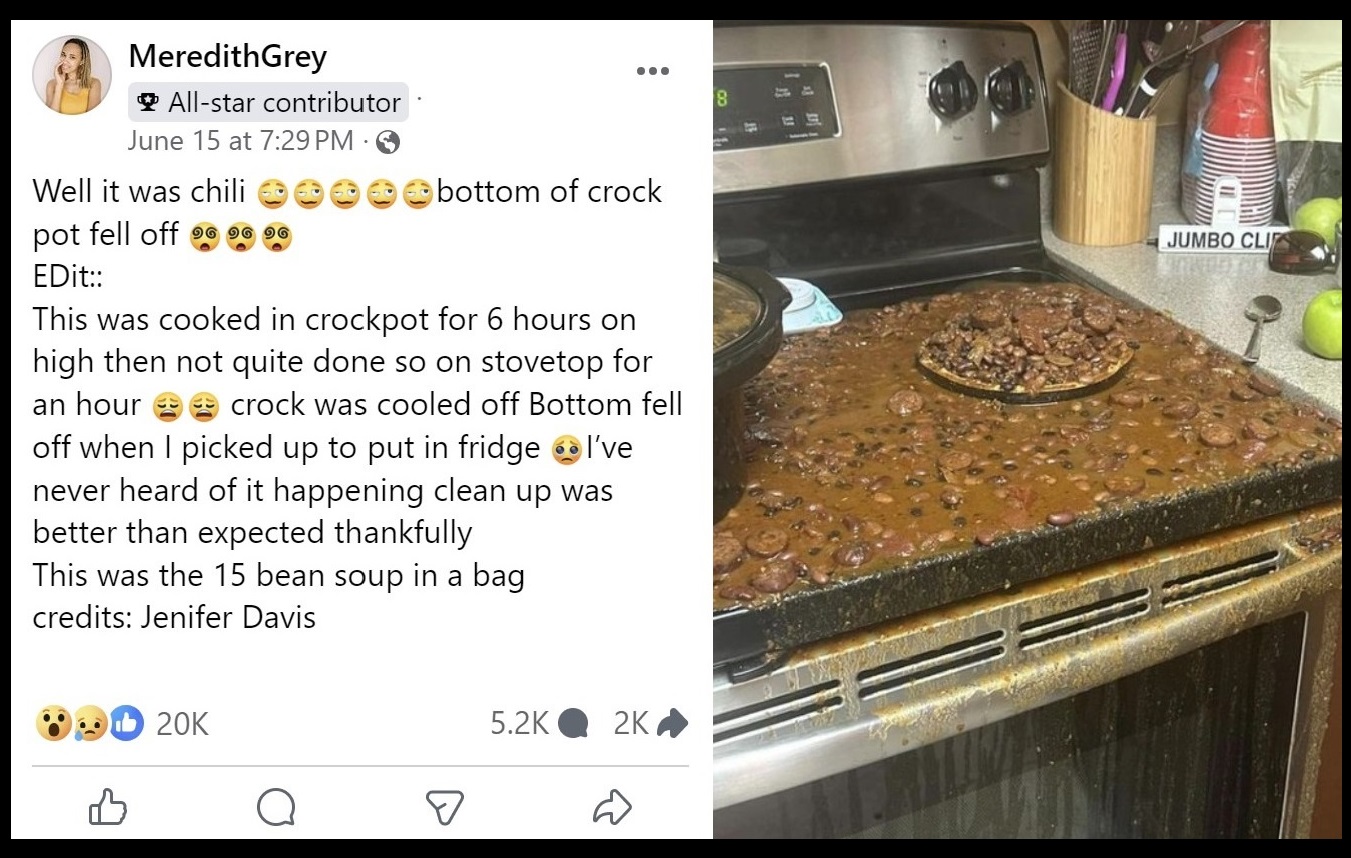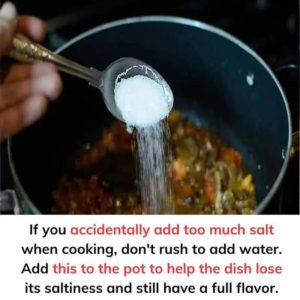Have you ever experienced a kitchen catastrophe so shocking it’s etched into your memory? For me, it was the day I discovered a hot lid upside down on my brand-new glass stovetop. The sickening crack as the glass shattered is a sound I’ll never forget. Little did I know that placing a hot lid directly on a stove, especially a new one, was a cardinal kitchen sin. This harrowing incident ignited a newfound respect for kitchen safety, prompting me to diligently study appliance usage and exercise extreme caution.
Even with heightened awareness, kitchen mishaps still manage to sneak up on me. Recently, while scrolling through my beloved kitchen-centric Facebook group, I stumbled upon a post that made my jaw drop. A fellow home cook had shared a photo of their stove completely submerged in a sea of chili. Yes, you read that right – an entire stove covered in chili! Apparently, after six hours of cooking on high in a slow cooker, the chili wasn’t quite done, so the cook decided to give it an extra hour on the stovetop. When attempting to refrigerate the cooled crockpot, the bottom gave way, unleashing a chili tsunami. Just imagining the cleanup process makes me want to curl up in a ball and weep for hours.

What went so horribly wrong? The comment section erupted with a resounding chorus: never, ever put a crockpot on the stovetop. But why is this such a big no-no?
Slow cookers, like crockpots, are designed to gently simmer food over low heat. Their ceramic inserts are engineered to withstand the consistent, low-temperature environment created by the slow cooker’s heating element. Stovetops, on the other hand, generate intense, concentrated heat that can shock the ceramic, causing it to crack or shatter.
Author: awestories24.com



